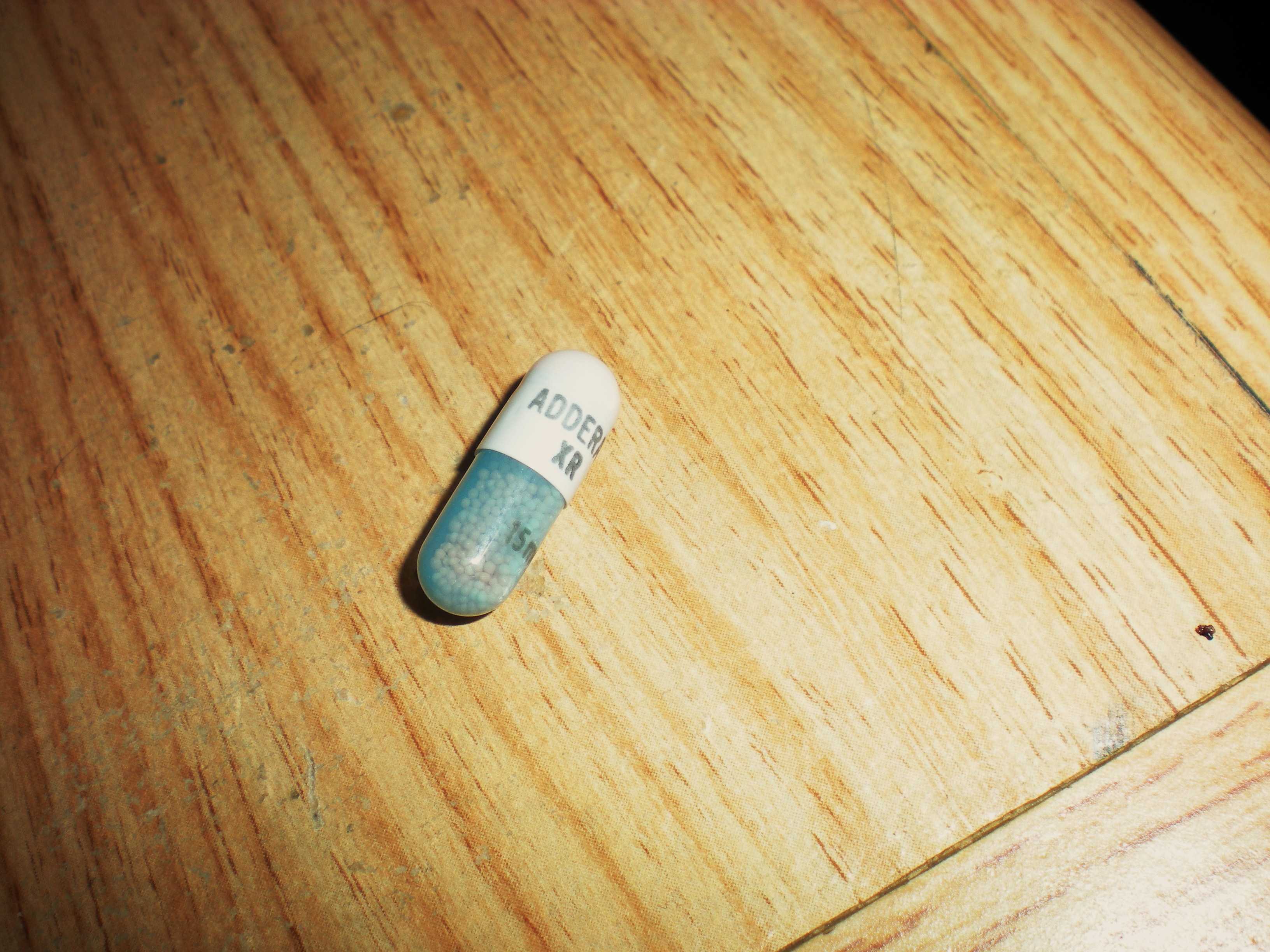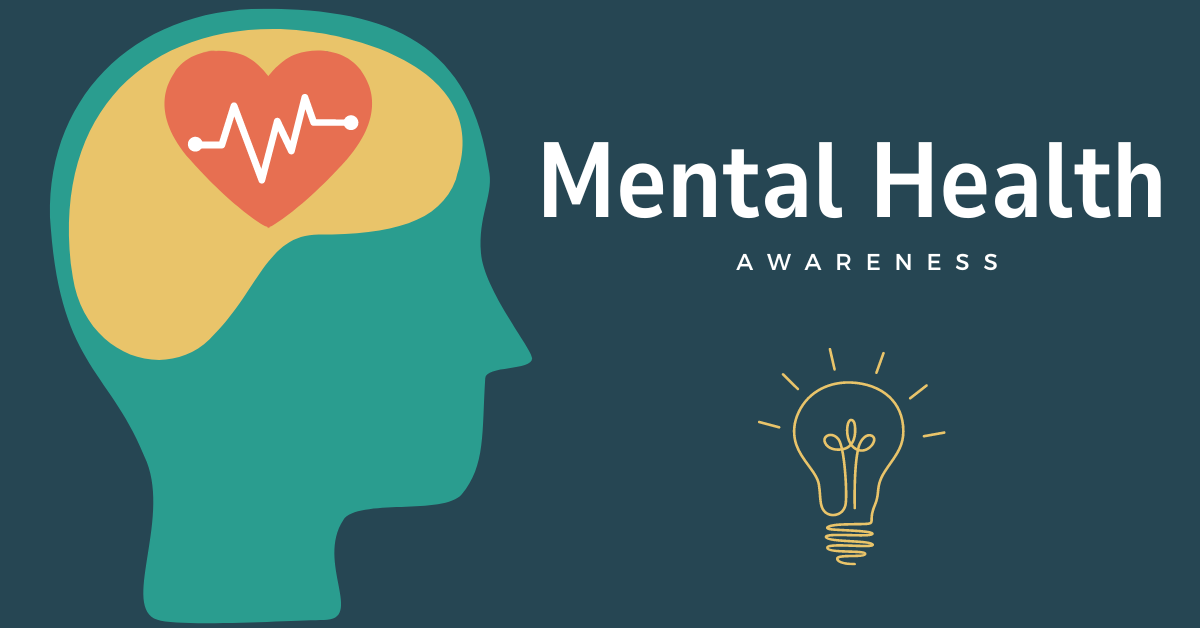This beginning of this article was published in The Crimson Record. This is the article in its entirety.
It’s the night before the Advanced Placement European History Exam and sophomore Evan* is just now cracking open the Crash Course study book. He glances over at the clock on his oven, which reads 9:04. For most students, nine o’clock would be the time they might consider shutting their book and getting their eight hours of sleep, but Evan has other plans. He begins to consume the 272 pages, moving through the summarized chapters at lightning speed. “I’m just underlining, underlining, I have like 8 different colors of Bic pens,” Evan said. He is furiously highlighting, marking words and phrases that until now have been incomprehensible.
Evan finally shuts his textbook at seven the next morning, having studied for eleven hours straight, pausing only for bathroom and water breaks. The only reason Evan was able to maintain his momentum was with the use of prescription amphetamine drugs, most commonly Adderall. But it wasn’t his prescription. In order to cram for important tests or papers, Evan purchased the drug from another Manual student with a prescription.
Adderall is an amphetamine-based stimulant typically prescribed to children and teens who have Attention-Deficit Hyperactivity Disorder (ADHD). For those with ADHD, Adderall coalesces with chemicals in the brain, like dopamine, to allow them focus on an otherwise difficult task. However, using any drugs that weren’t prescribed to a user can have serious consequences that can affect someone’s health and even land that person in jail.
“Improper use of Adderall would lead to cardiac arrhythmia, dangerous changes in blood pressure, hallucinations, convulsions, coma and, in rare cases, may lead to death,” Ryne Bruner, a psychiatric mental health nurse practitioner at University of Louisville’s Bingham Clinic, said.
Adderall is a schedule II controlled substance, which puts it legally in the same class as cocaine and methamphetamine. Schedule II drugs are severely restricted drugs that have high potential for abuse; however, for some medical conditions, they can be used as treatment. Students age 18 and older who are popping the pills are committing a Class A misdemeanor, which is punishable by 90 days to 12 months in jail. Any subsequent arrests result in a Class D felony, an act which charges the offender with one to five years in jail.
At Manual, the policy for dealing with the buying or selling of Adderall is the same for other drugs, such as marijuana. If a student gets caught with Adderall without a prescription, that student will face suspension or expulsion by the administration. However, despite some students saying that they illegally use or sell the prescription drug, administrators including Mr. Greg Kuhn, Ms. Marti Johnston, Dr. Matt Kingsley and Mr. Darryl Farmer said they have not yet dealt with this type of case.
“I have never, in my time at Manual, had someone come to me about a student selling their Adderall,” Dr. Kingsley said. “I’m not saying it’s not a problem, I’m just saying it’s never come across my desk.”
Even though Dr. Kingsley has not seen a case of Adderall abuse, an anonymous survey conducted by the Crimson Record found that over 1 in 10 Manual students admit to using Adderall that is not their prescription. To be exact, 26 of the 200 students polled had used Adderall.
The number of students who know at least one peer who has used Adderall is even more: 98. Because the difference between the students who admit to using Adderall is so large, it can be assumed that the actual amount of students who use the drug is higher.
Evan, who is now a senior, said he hasn’t noticed many of the side-effects of the drug in his time using it. One of his symptoms is more frequent urination, because Adderall is a diuretic, which is any substance that promotes the production of urine. The only other long-term symptom Evan has experienced is drowsiness the day after usage.
Although in the extended period of time Evan has abused the drug, he hasn’t experienced many side-effects. The first couple times he used the the drug, he felt jittery because Adderall raises a user’s heart rate. Nowadays, his changed heart rate doesn’t have a visible effect.
According to Bruner, cardiac arrhythmia is an irregular beating of the heart, often described as “the jitters.” Jitters are representative of the heart beating too frequently. However, when an arrhythmia of a heart beating too slowly occurs, a user’s heart may not be able to pump enough blood to the body, resulting in loss of consciousness or death. It’s hard to detect when one’s heart is beating too slowly, which is why it is an extremely dangerous side effect.
Even though a portion of Manual students have used Adderall, they know the risks involved. In the survey, 75 percent of students believed that Adderall was harmful to their health. Fifteen percent of students are unaware of the potential risks of the drug.
“[Adderall] isn’t something that I do regularly,” said Evan. “It’s not something that I had to start or that I use on a regular basis.”
In addition to helping Evan cram for Advanced Placement and College Placement tests, he uses Adderall approximately once a month to study for classes that he conceptually does not understand; in his case, physics.
“I think it helps me understand the material,” said Evan. “In physics I just don’t see what other students see. Which sometimes makes me feel inferior. That’s when I take it. Then I sit down with the book all night until I start to get some kind of visual image of what [the material] is like.”
Adderall had a positive effect on Evan’s grades and study habits. The first time he used the drug was for the AP Statistics exam of sophomore year. Because Evan felt ill-prepared, he asked around until he acquired the drug, a process he claimed was relatively easy.
“Every time I would sit down to try to figure out a book, I would get distracted. I’d look through the book for 30 minutes, take a break, look at the book, get a snack, look at the book, watch some television. So I figured I needed some way to block the distractions,” Evan said.
Late freshman year, Evan figured out how to study in a focused way, but, he was still only able to study hard for two to three hours before he fell asleep.
The issue of maintaining momentum during studying is a problem that many students face and try to combat. According to a study conducted by the Massachusetts Institute of Technology (MIT), the most effective way to study is in a 50 minute block with a 10 minute break. A student is also supposed to take longer breaks to eat and exercise. Although this may be effective, if a student has a large and consuming test to study for, these tips can seem detached and unrealistic.
While Evan’s experiences as an Adderall user have been mainly positive, there is another side to this prescription drug.
Alex* is a senior who only used Adderall once in his time at Manual; an experience that was bad enough to make him not want to use the drug again.
“Sophomore year, I took [Adderall] first block because I had a test at the end of the day and it didn’t even help,” Alex said. “Then I stayed up all night the night after, feeling really paranoid and nervous.”
Alex was so stressed out by his course load sophomore year that he felt forced to take the drug even though he knew its risks. Alex said that while there is feasibly a way for students to schedule out their work, it’s difficult and often does not work because of conflicts at home or assignments in other classes.
And where do people like Evan and Alex get their Adderall? From peers with prescriptions looking for a way to make quick cash. Junior Thomas* started selling some of his Adderall freshman year. Before he received his prescription in middle school, he realized that selling some of his bottle would be a viable option. While Thomas claimed to never sell more than half of his prescribed bottle, he said he no longer uses it on a regular basis.
“When I use [Adderall] regularly for school I notice myself becoming more irritable and asocial,” Thomas said. “I definitely wouldn’t recommend it to someone who hasn’t done it before already.”
Thomas, much like Evan, isn’t reliant on Adderall to do well in school; although, it certainly helps. He said that there is not much of a difference between the days he uses Adderall and the days he does not. His focus is increased and his potential to procrastinate has decreased.
To an outside observer, the only obvious difference between Thomas and Evan’s experiences would be Thomas’ doctor’s note and his profit from sales.
While Thomas refused to divulge his rate per pill, an anonymous online forum called Street Rx shows that pills go for about three to five dollars each. His sales peak during testing season, when he gets an influx of Manual buyers. The customers he does have typically do not need more than one or two pills at various times during the year, mostly for important tests.
It’s clear that Adderall is a short-term solution to the bigger problem that is occurring throughout the United States education system. The drug may help some students to stay awake for a cram session, but the same results can be achieved through a more scheduled study plan.
The morning of his AP exam, Evan is still up at seven o’clock, having forced himself awake the whole night through. He goes to sleep for a couple hours and goes into school at nine. As he enters the auditorium, he isn’t nervous, he sits down, gets out his #2 pencil and waits. Three hours later, Evan slams his pencil down and hands in his exam sheet. His score? A five.
*Names have been changed to protect the identity of original source.
Featured image courtesy of user McLevn on Flickr.




